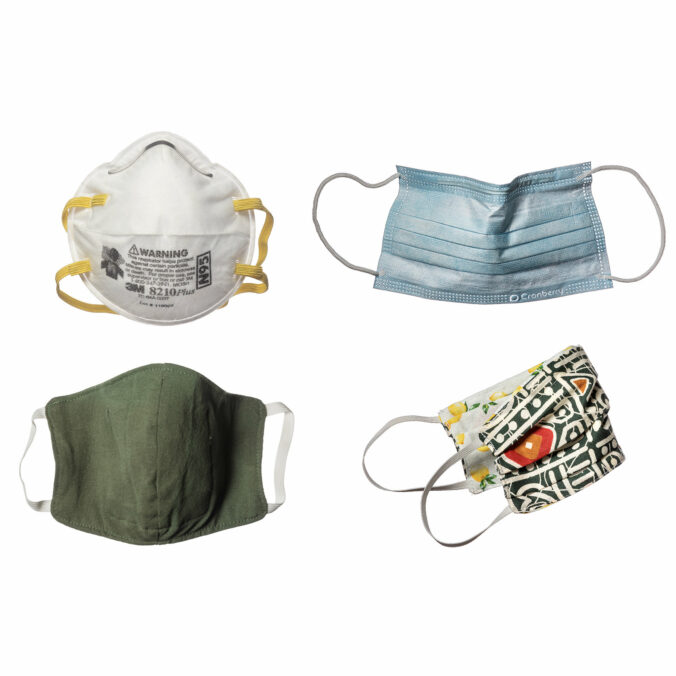Not all masks are created equal.
That may be obvious at this point in the pandemic, but choosing a mask that offers the most protection possible is once again important in the midst of the surging Omicron-fueled wave of COVID infections and the still significant tail end of the Delta wave.
At many schools masking is optional, however, educators who choose to wear a mask can still afford themselves a good deal of protection.
Here are his tips on mask selection and fit.
First choice: N95
This mask is one we’ve all heard of for good reason. If worn correctly these masks will block 95 percent of airborne particles. But these have at times been expensive due to the limited supply and intense demand, there are suggestsions for some alternatives that can be nearly as good.
Second choice: KF94
Made in South Korea, these high-quality, certified masks block 94 percent of airborne particles.
Third Choice: K95*
In theory these masks made in China are the equivalent of N95s but it’s not quite that simple. Here, you need to be very cautious because there have been counterfeit KN95s. So if you’re going to use a KN95 you need to do your homework. Checking FDA and CDC websites to be sure the mask is what it claims to be and has a real NIOSH certificate.
Cloth Masks
People say cloth masks don’t work when it would be more correct to say these are less effective than other masks. He notes these can reduce a person’s inhaled dose of virus by 50 percent for the wearer. If two people are wearing cloth masks, the combined efficacy is 75 percent. That’s not insignificant but still less protection than one person correctly wearing a higher quality mask will get. So while we dispute cloth masks being useless, as some experts have stated, we agree it’s time for better masks.
I Can’t Find These Masks. What Can I Do Today?
If a teacher wants better protection right now you can double mask. “I like the strategy because it’s using materials that most people can access and are very cheap and affordable. So you wear a surgical mask, which has good filtration, and then a cloth mask on top that helps improve the seal, and that can get you over 90 percent.”
How Should I Put The Mask On?
Even the highest-quality filtration won’t do anything if you don’t wear the mask right and your breath escapes through the top and sides.
“The mask needs to go over the bridge of your nose, down around your chin and be flush against your cheeks,” Joseph Allen wrote in an op-ed in The Washington Post:
“Americans should become familiar with ways to test a mask’s fit. Every time you put on a mask, do a ‘user seal check.’ Put your hands over the mask to block the air moving through it, and exhale gently. You shouldn’t feel air coming out the side or up toward your eyes. Then, test to make sure it stays in place by moving your head side to side and all around. Read passages of text, like the ‘Rainbow Passage’ that’s commonly used for respirator fit testing, and see whether the mask slides around too much when you talk.”
Are Face Shields Necessary?
Face shields can be helpful as an add-on to a mask in a healthcare setting as they provide eye cover but that they are not necessary for educators.
